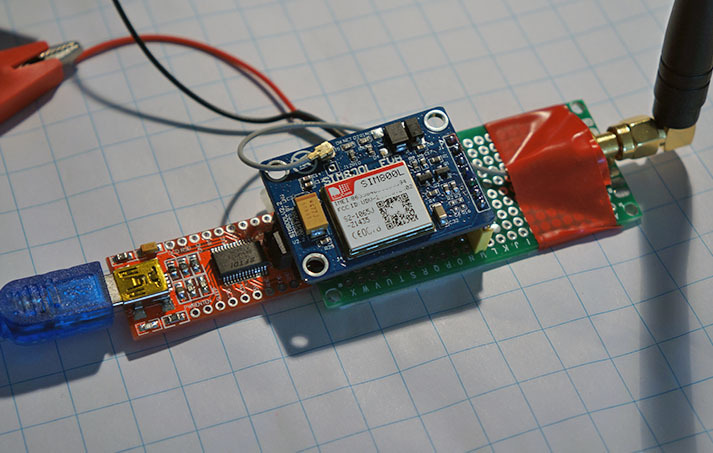Most code around a single solution contributes to the whole, and all solutions, in some way or another. I would like to see this project progress at least to a draft stage, where basic functional code is released.
I wish for a pager with limited transmit function for a farm tractor, on a property that is 140 Acres large in Rural Northern Queensland. I think a single private, $1000 solar gateway on a central hill with microwave uplink to a place where 3G/4G actually can be received, would cover the property, allowing the pager to function. I’ll be implementing internet soon on this property, so will be installing the tower and microwave link in any case. Adding a things network basestation would be little extra effort.
The theory is that the tractor would have lorawan enabled box that has a ‘roll over’ sensor, where it sends an emergency sms alert to a few mobile numbers in the nearest city in event of the tractor falling over. And an ‘emergency’ button and a ‘non emergency help’ button would allow the user of the tractor to summon assistance from family members, either emergency or not so. Given this is a remote, rural area of Queensland, there are, and likely never will be, improvements to the 3g/4g networks that allow use of typical carrier technology. I believe we prohibit the use of imported Chinese 3g/4g repeater stations, and even if a farmer purchased one, it would be unlikely to cover such a large area (tiny in comparison to most rural Australian farms).
The situation is simple. My mother is soon 70 and uses a tractor on slopes on the hillside, alone. If she makes a mistake turning on the slope and the tractor falls over, I wish for an SMS notification to be sent to at least three family members. If she has any medical issue while operating the tractor I wish her to have a way to summon urgent or non-urgent assistance from family members.
People on farms across Australia are getting older and frequently they are working alone in remote areas. We can’t count on wifi or 3g / 4g in these areas as they are sparsely populated and even given high monthly connection costs, a carrier mobile base station can’t pay for itself, or be affordably subsidised by the government.
A lorawan gateway is perfect. If it has a microwave backhaul to a place where a 3g/4g or satellite link is available, large areas of land can be covered.
A tractor can have a large sealed box mounted to it with a solar panel, that is low maintenance and weatherproof, with two simple buttons and a display. The buttons can be emergency / non emergency summons. They could also work for yes/no in conjunction with a display.
It’s a fantasy for me today, however, I can copy/paste code, learn, and mix and match things, and might be able to create something like this with enough working examples.
I suggest the pager idea is a great one if it can develop to the stage of being a working example. Perhaps not for densely or moderately populated areas, but for fixed equipment such as tractors in rural areas that will never be serviced by retail carriers, it is perfect.
Cheers Xenek




